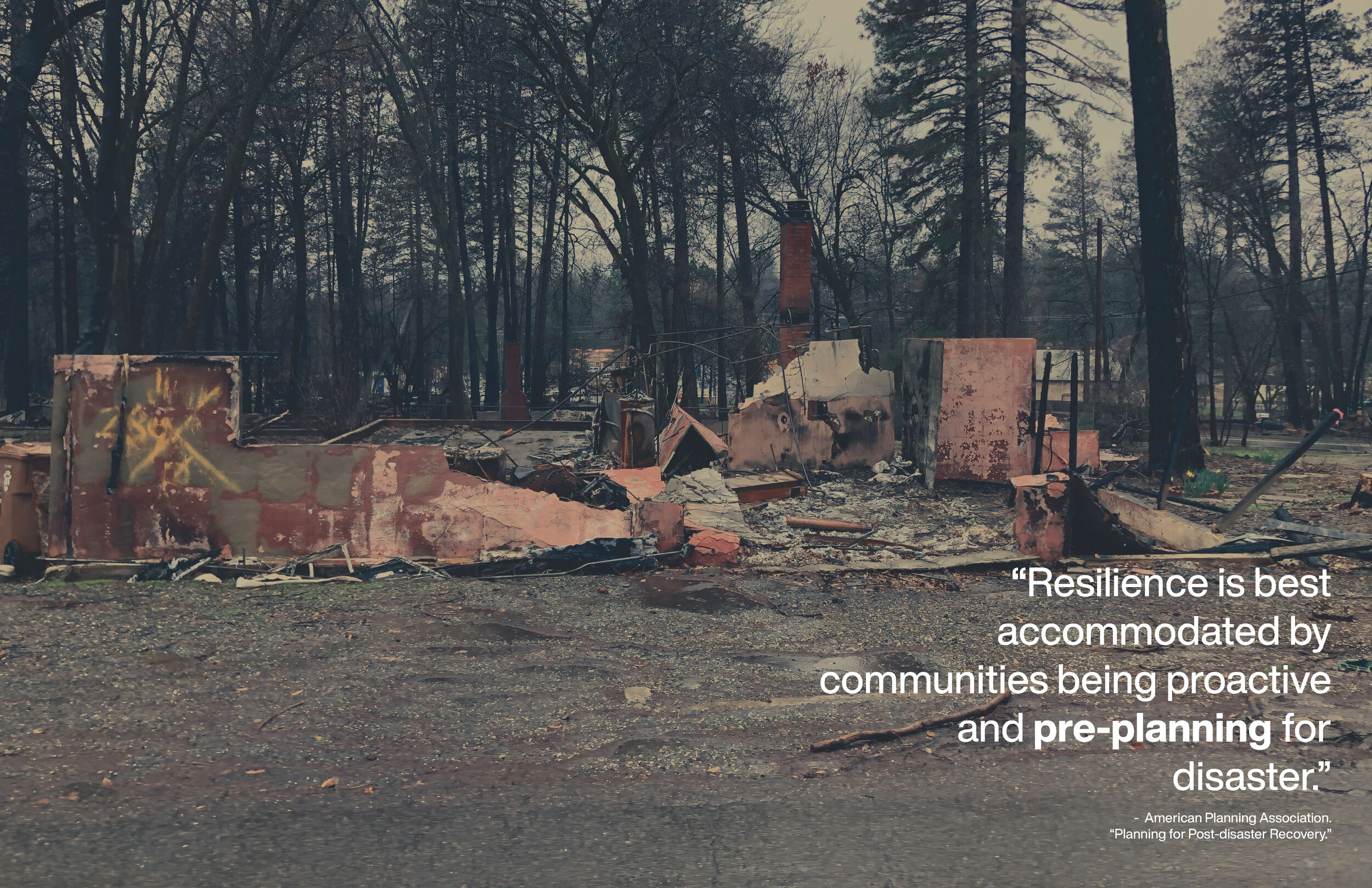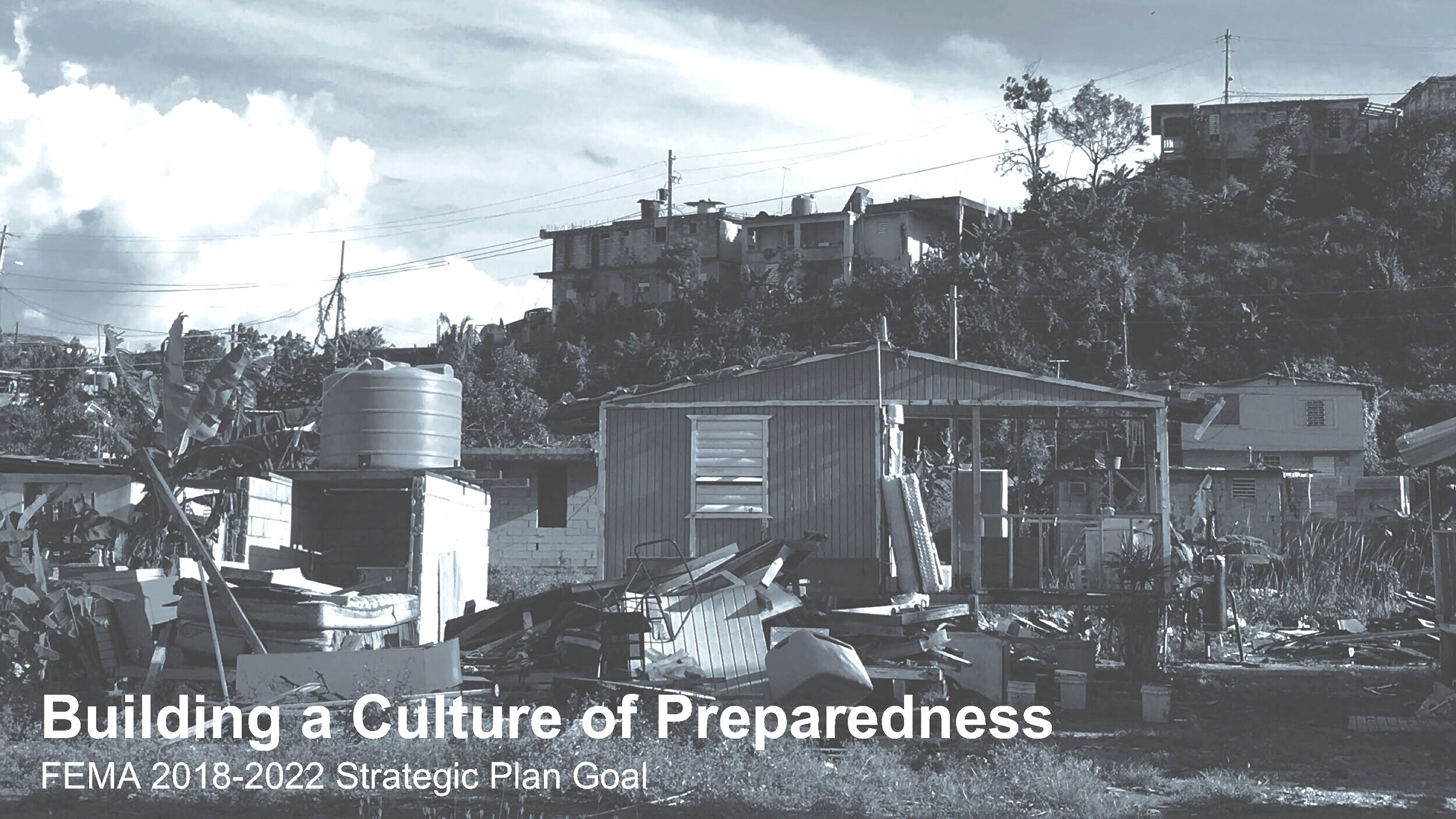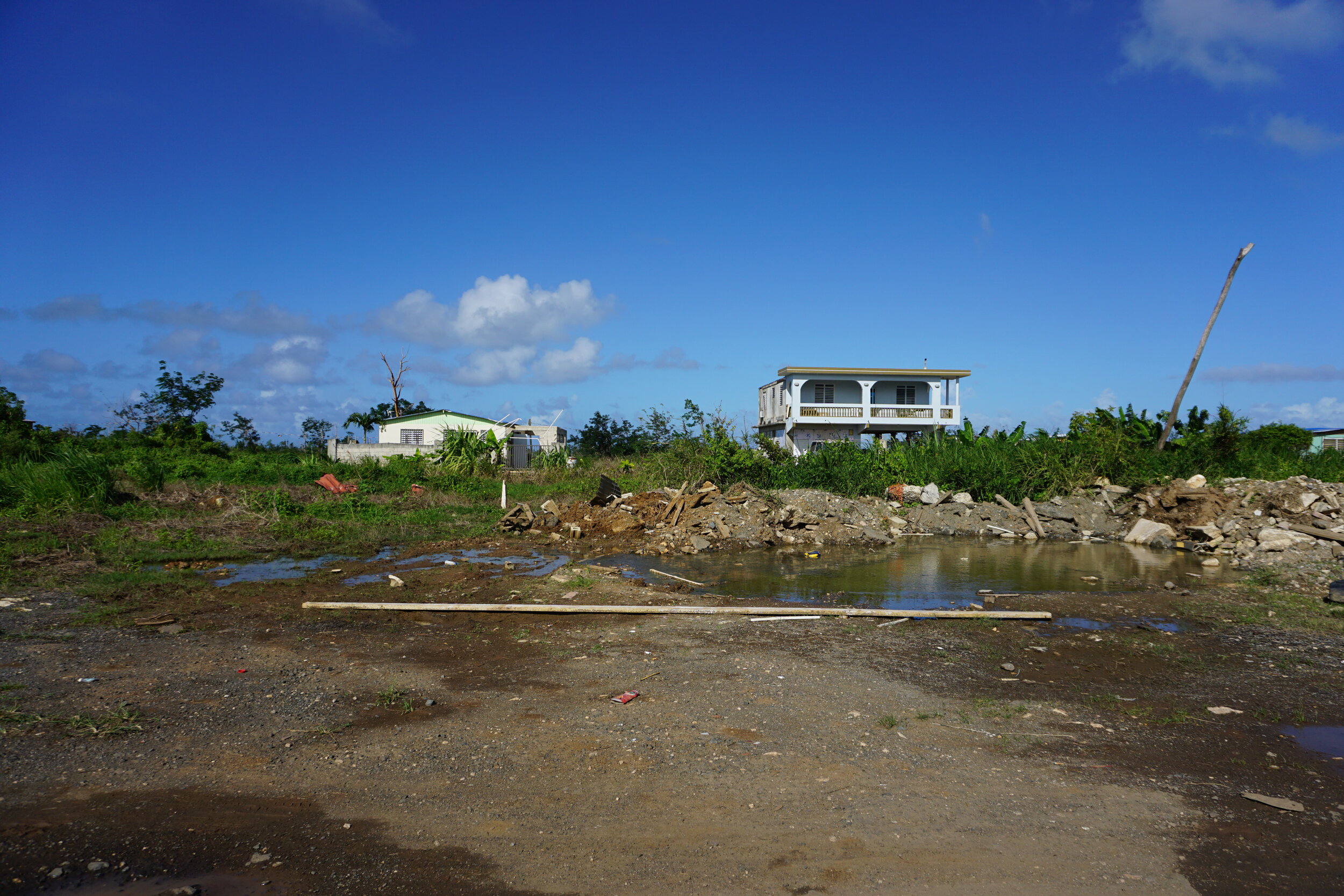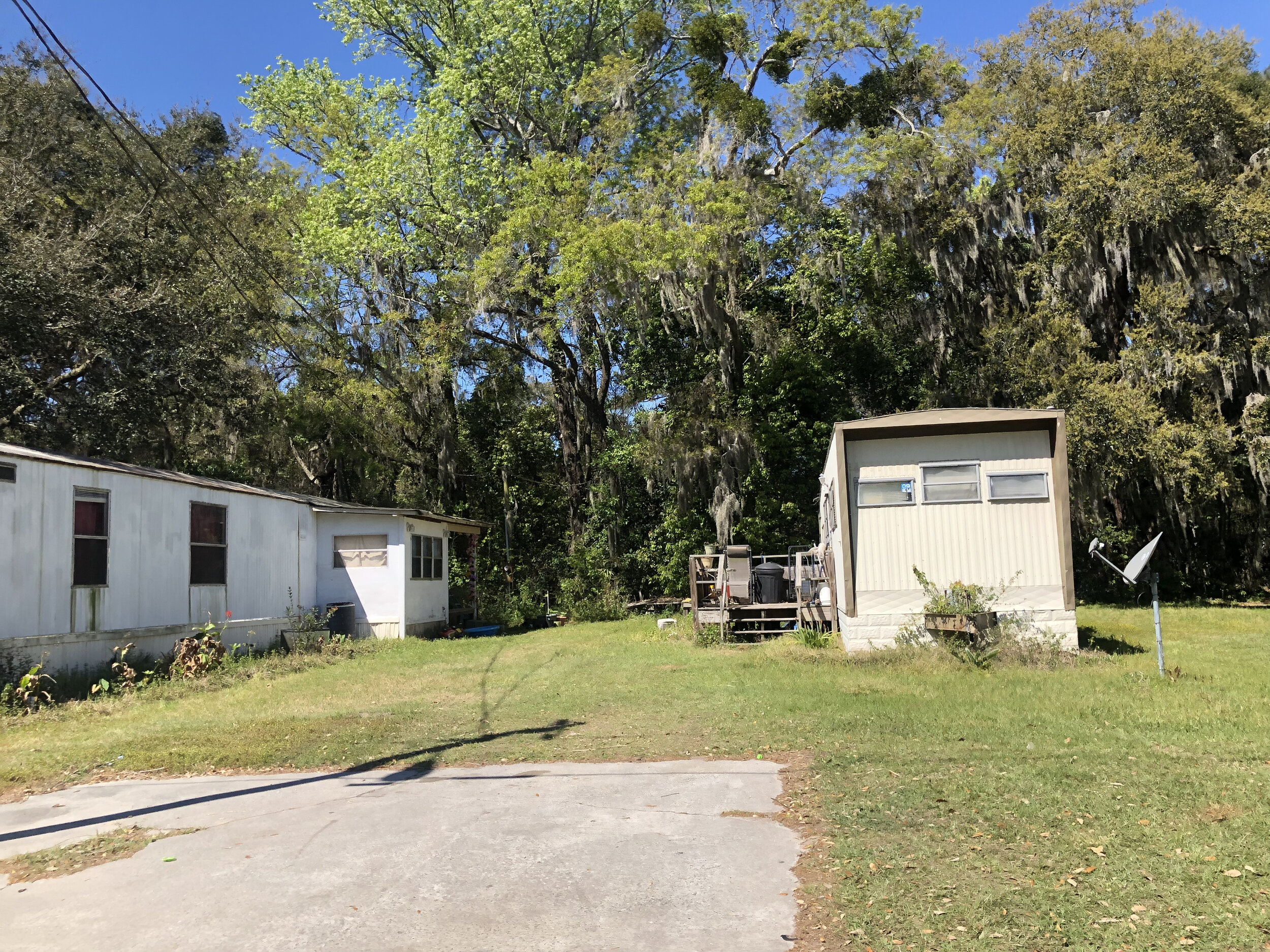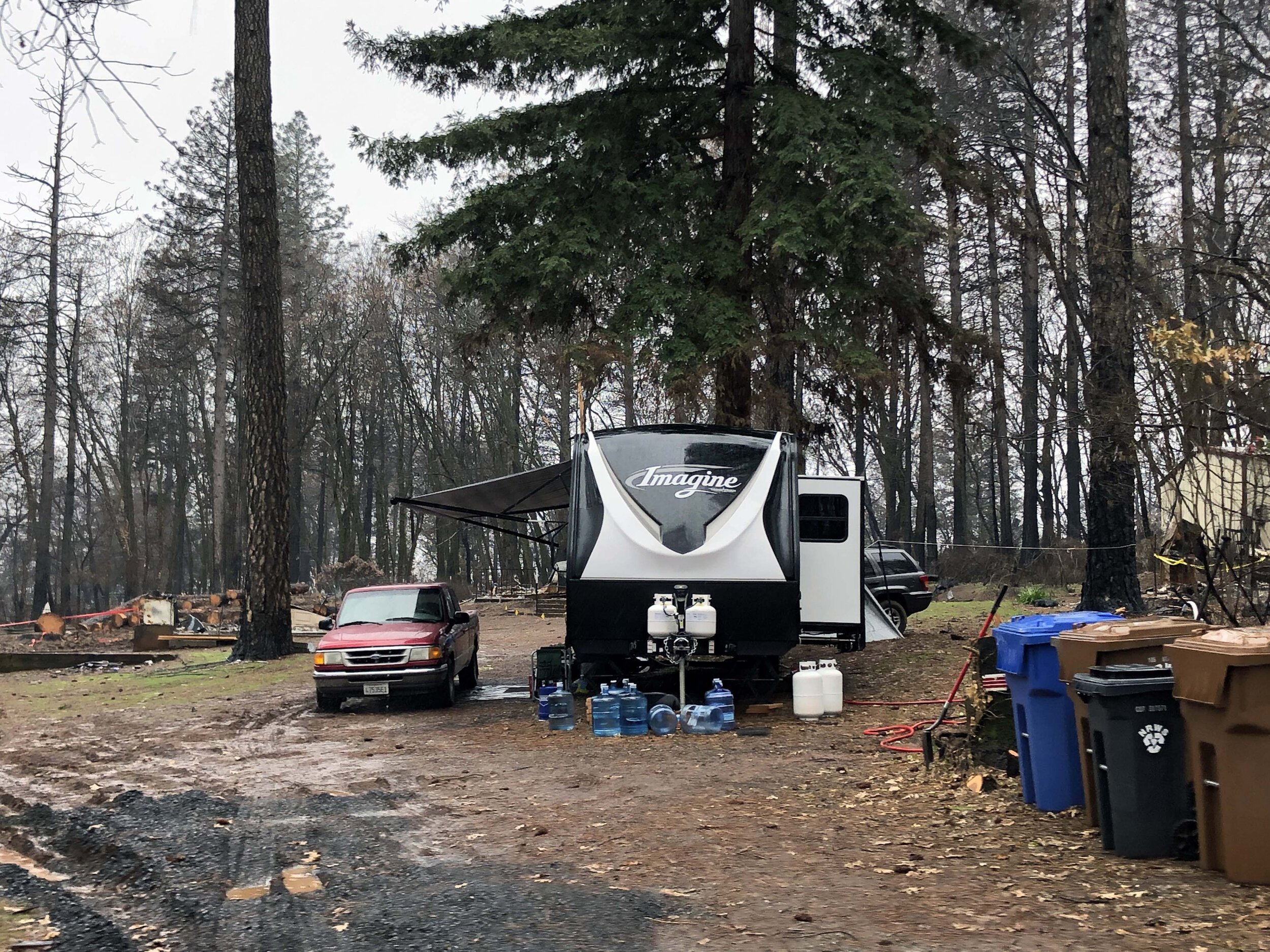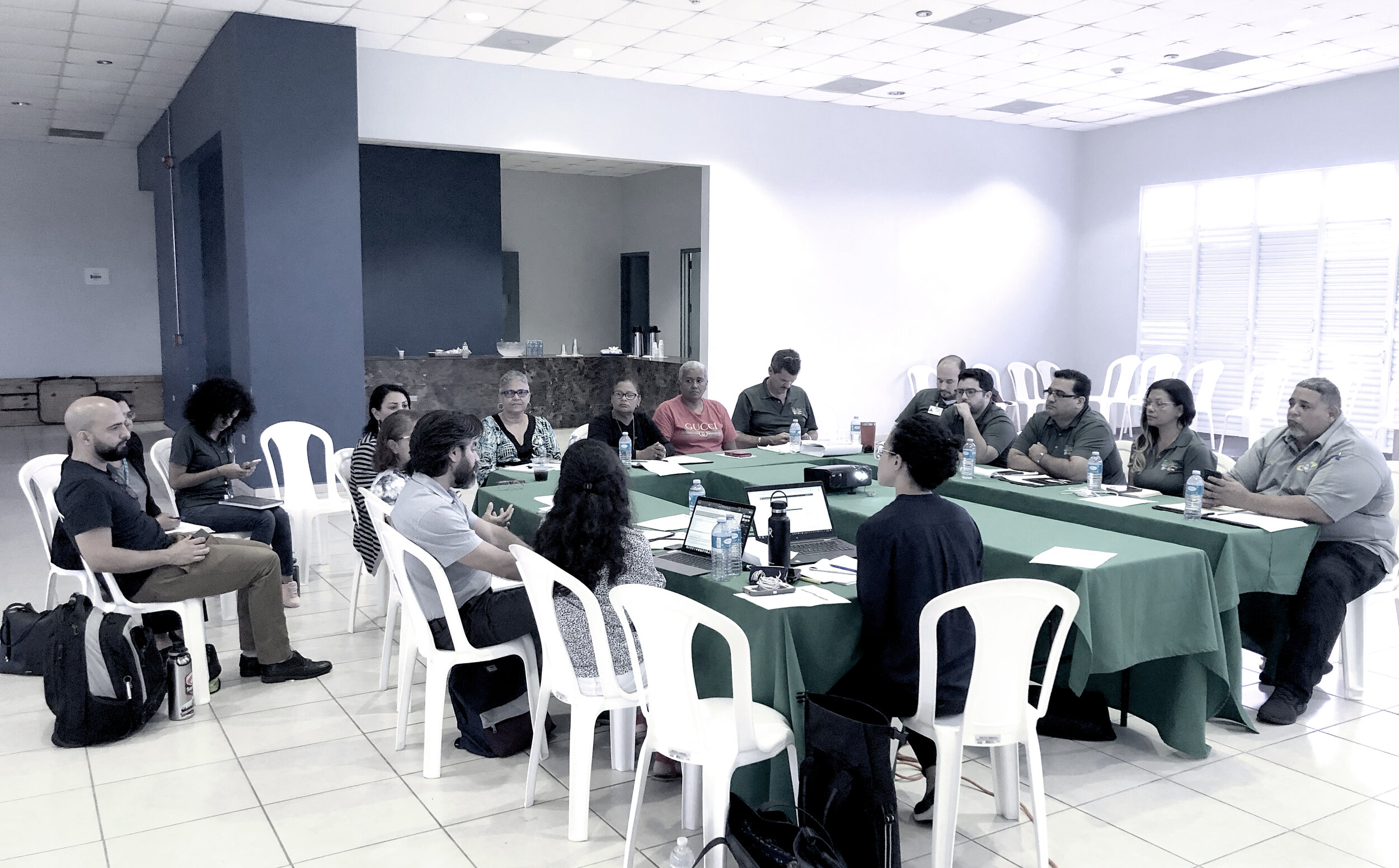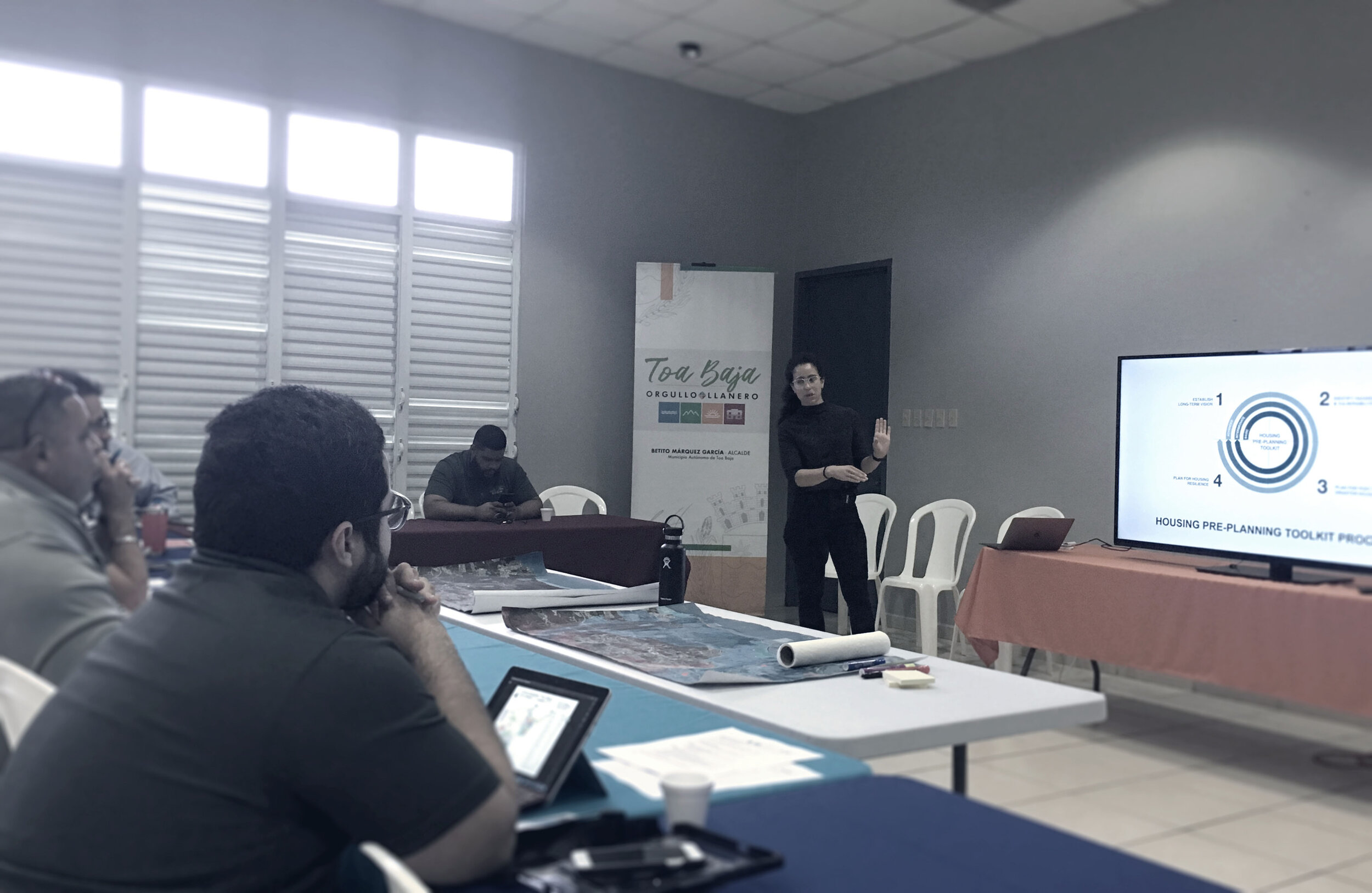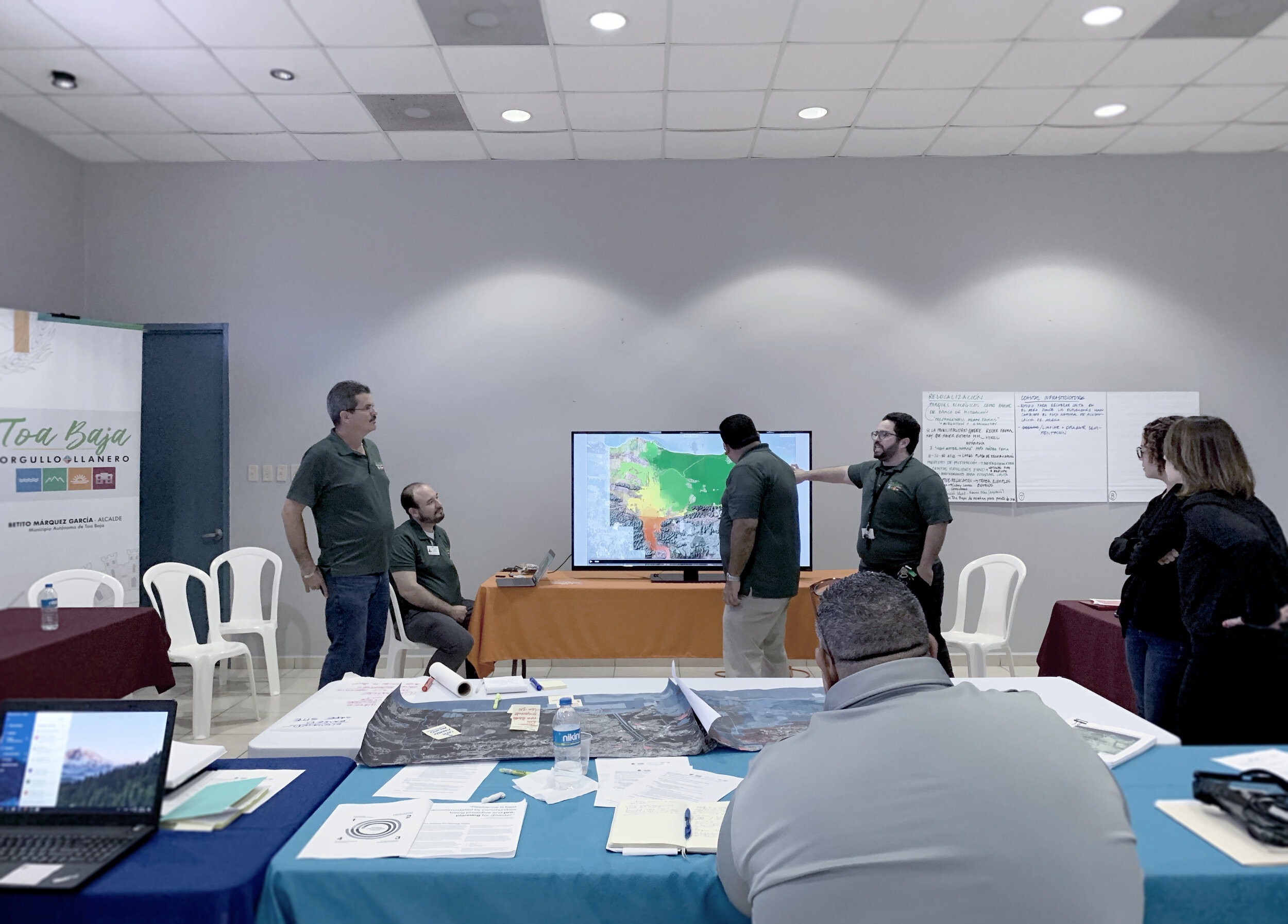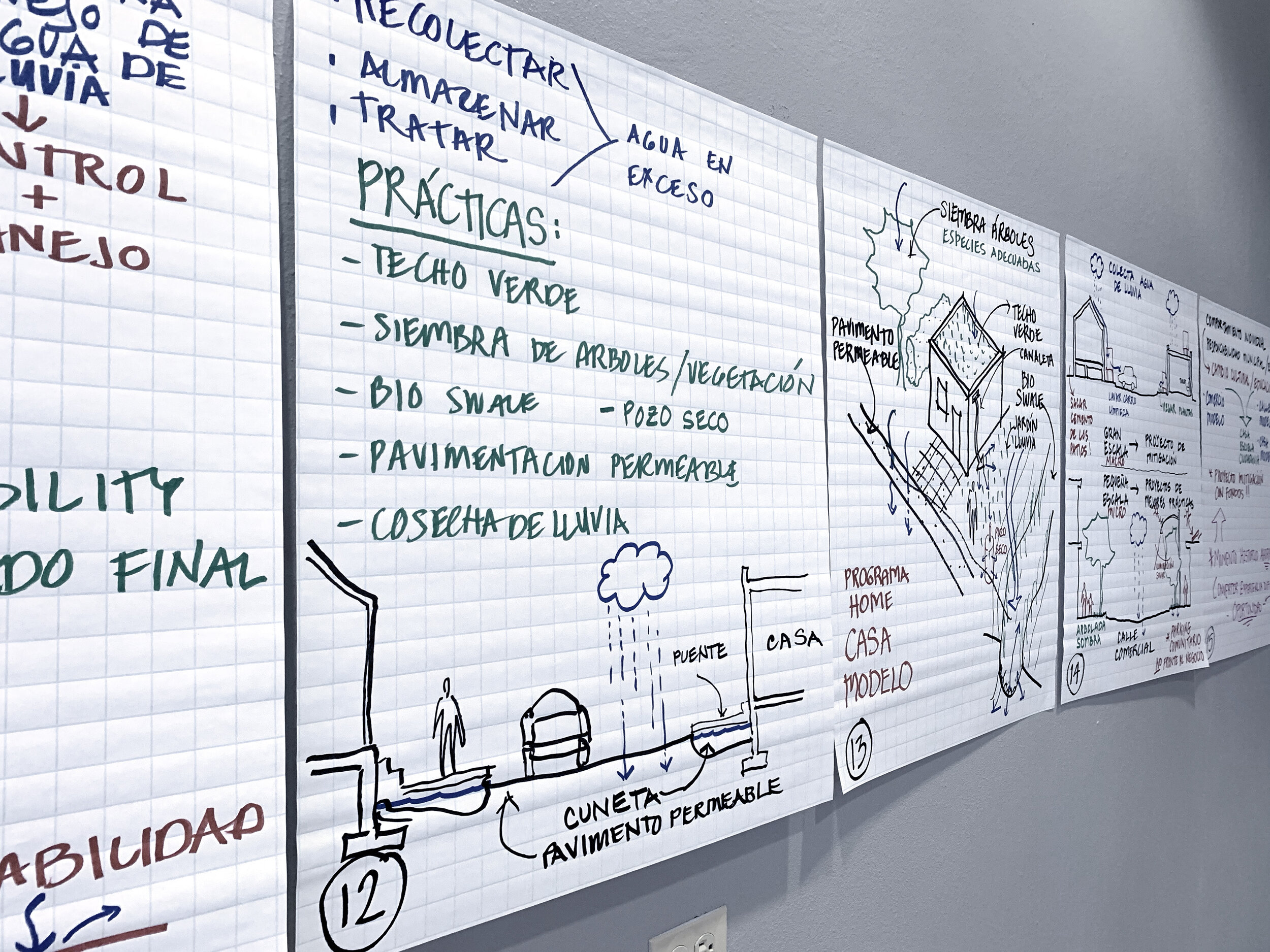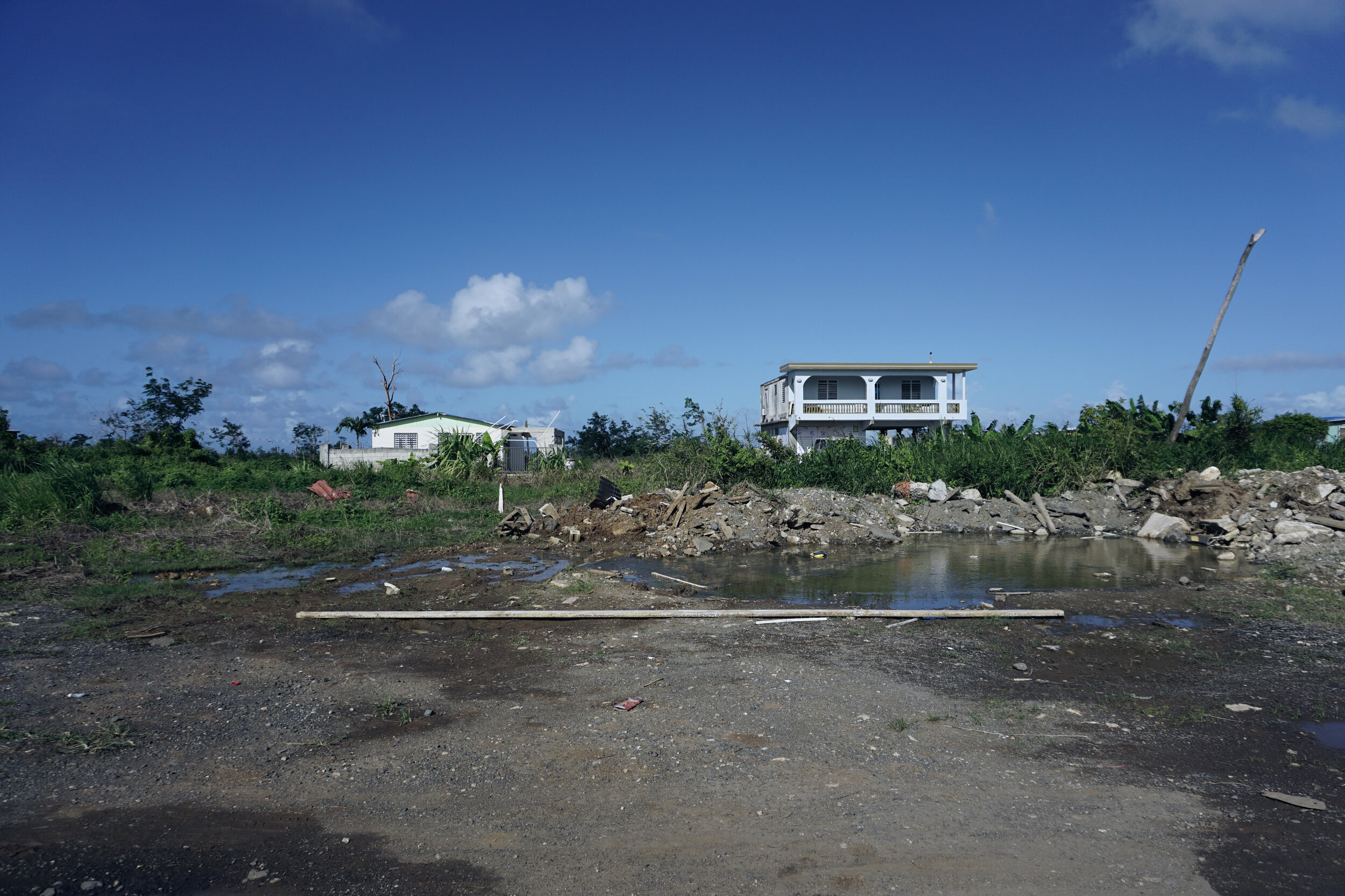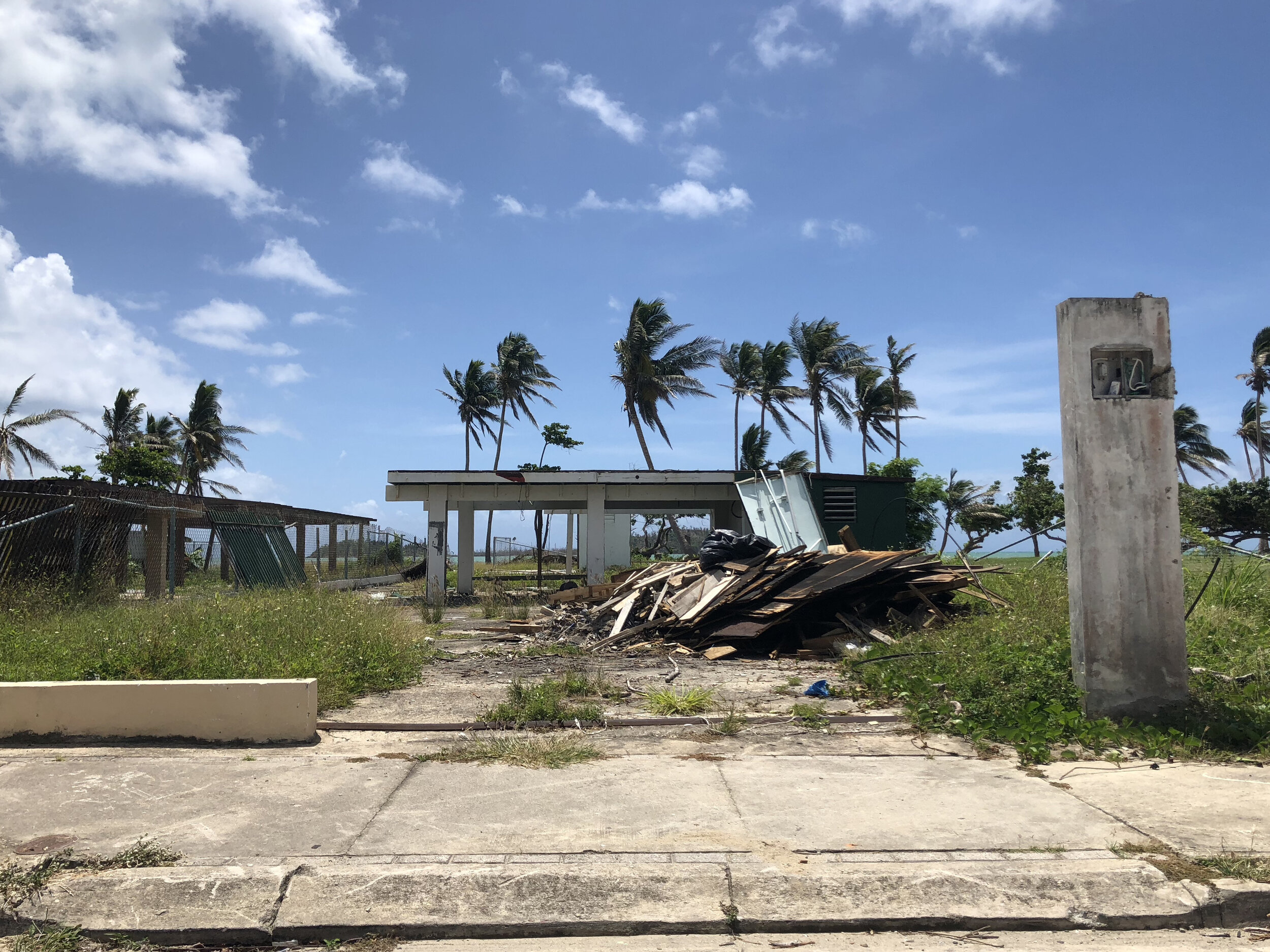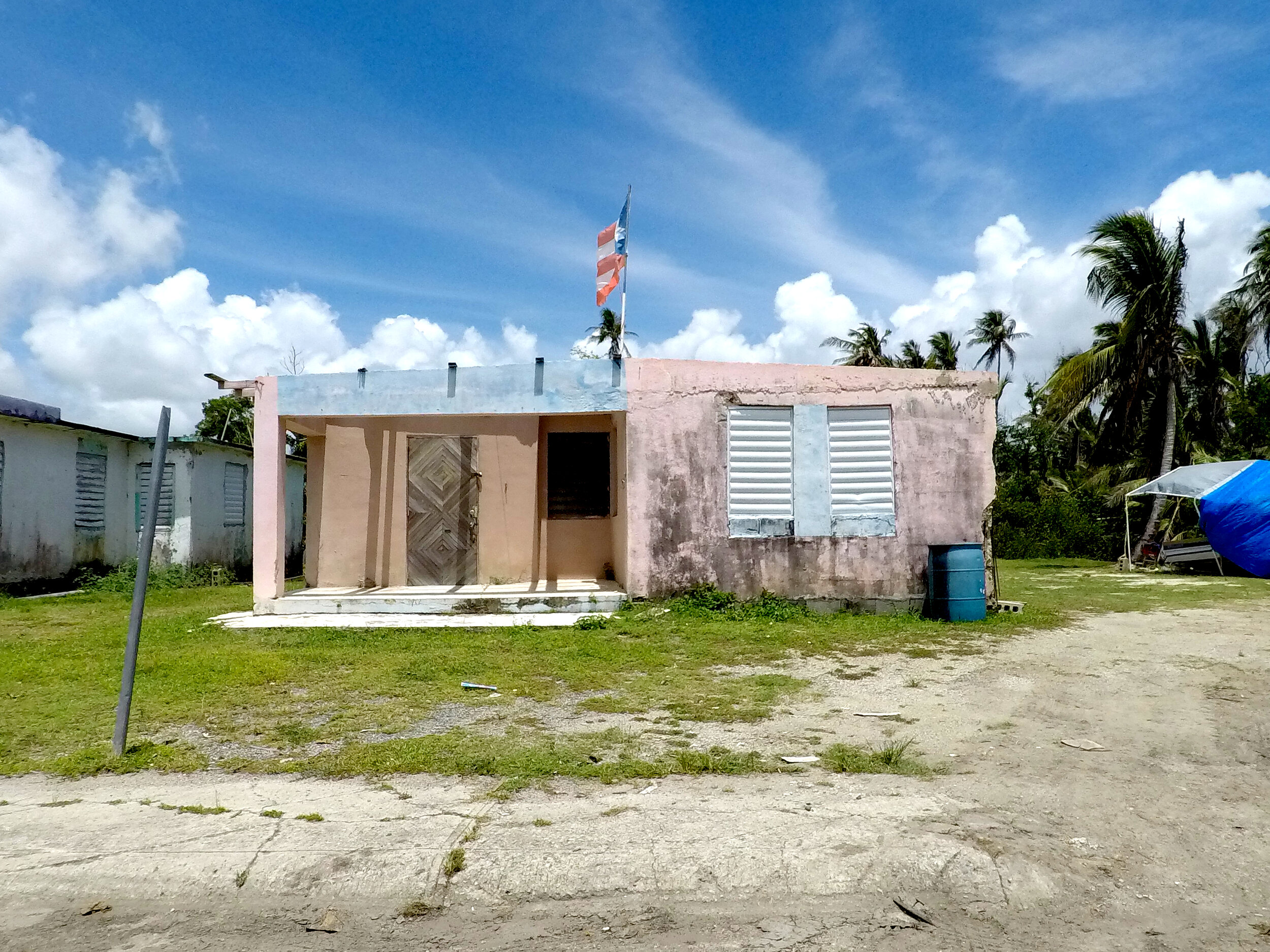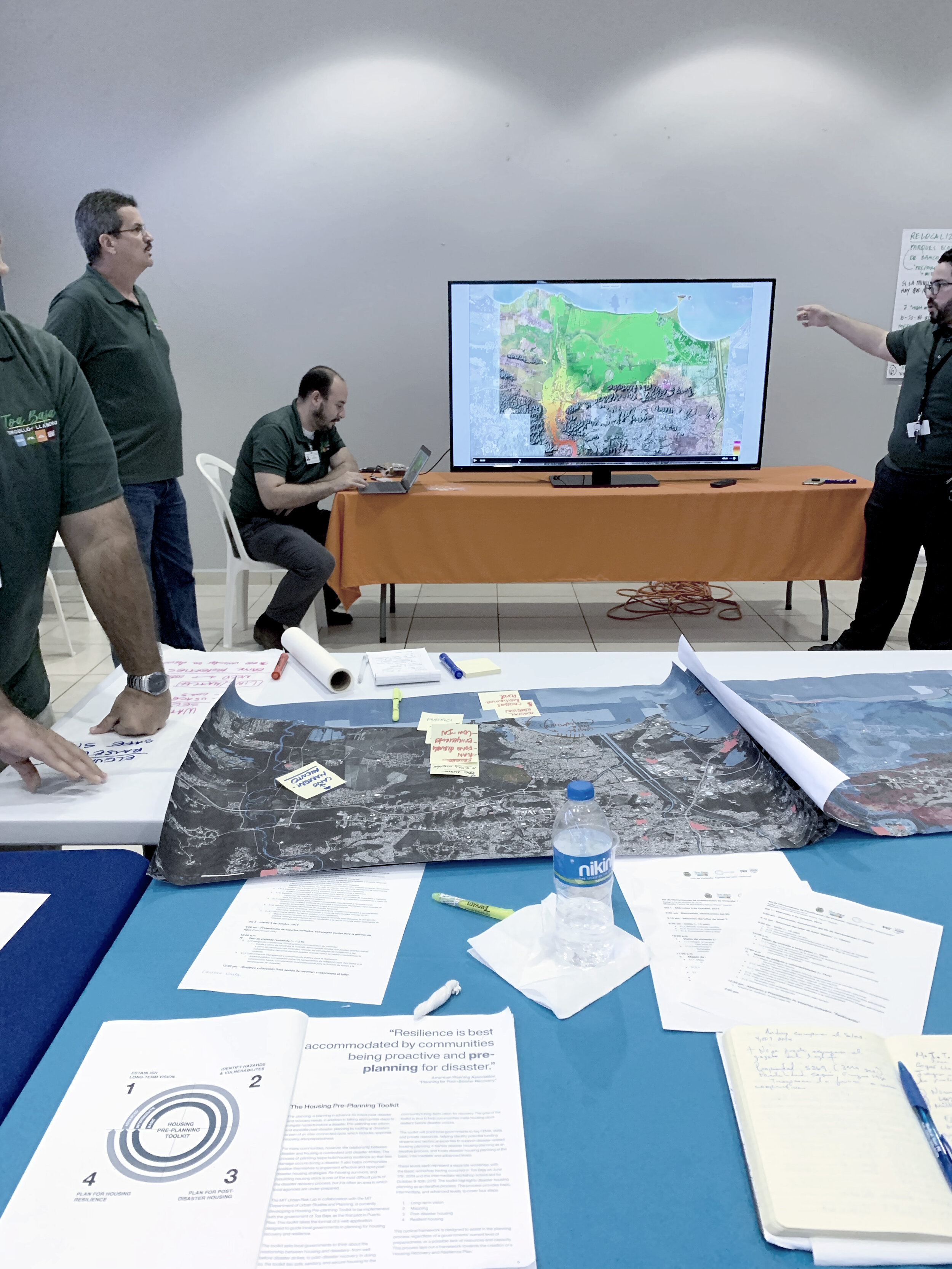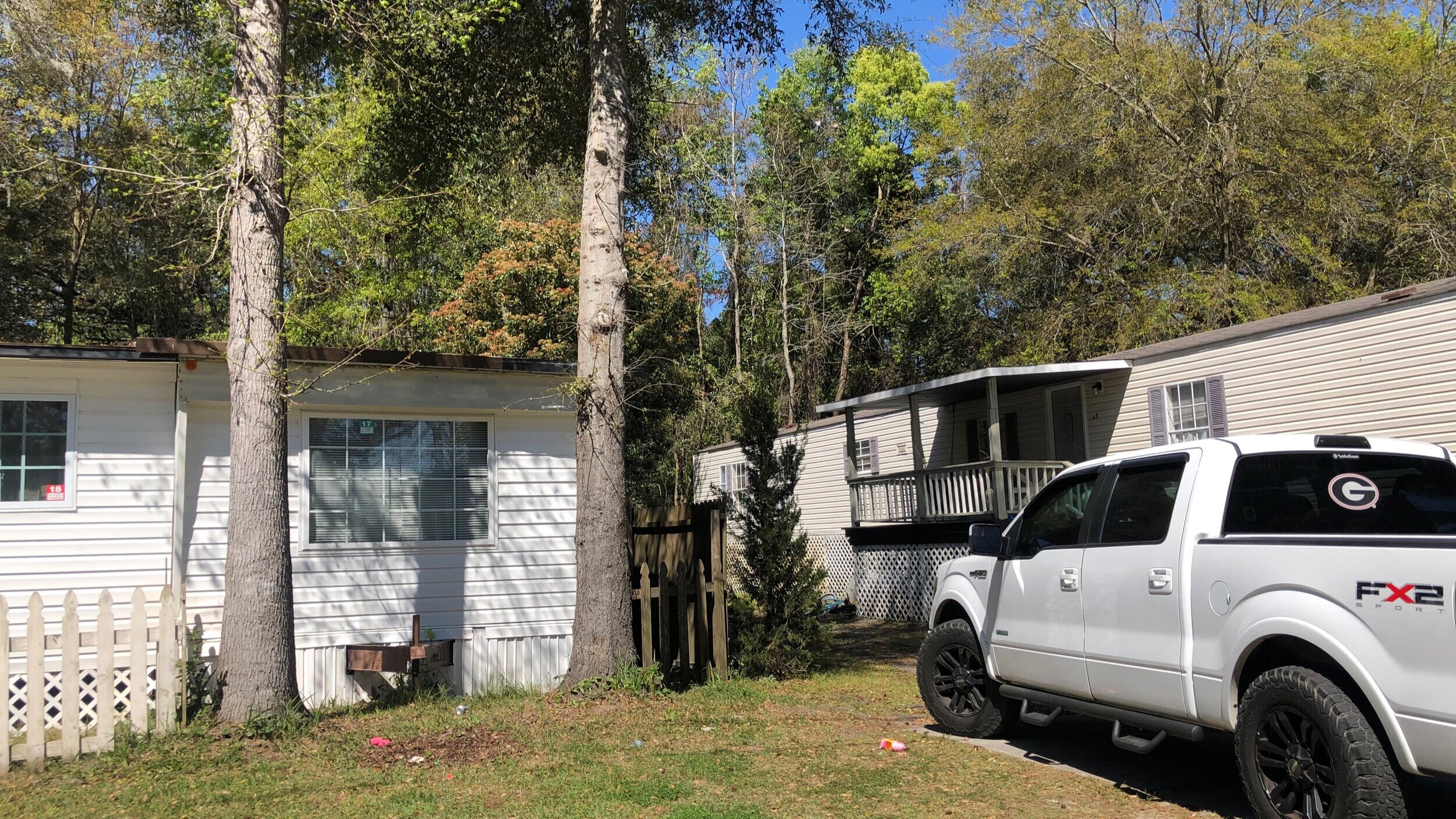Preemptive Recovery Platform
The Preemptive Recovery Platform is ongoing research aiming to create an interactive disaster prepardness tool for Cities. It presents information related to housing resilience and recovery and assists localities in identifying and organizing information related to their unique constraints and priorities for housing resilience and recovery. The information presented through the toolkit is intended to help localities to determine their strategic objectives and to strengthen their operational capacities before, during, and after a disaster.
The Toolkit is divided into three levels:
Basic sets common objectives in housing policy identifies local hazards and vulnerabilities, and introduces federal disaster and hazard mitigation assistance programs.
Intermediate assists localities in creating plans for distributing federal disaster-related housing and mitigation assistance in a way that is quick and effective, consistent with local long-term housing objectives, and responsive to local hazards and social and housing vulnerability.
Advanced extends the planning in Intermediate, suggesting how local ordinances can be introduced or amended and public and private sector actors mobilized to meet residents’ housing needs after disasters more effectively.
Each level in the Toolkit is broken into the same four steps:
Articulate or refine long-term housing vision and objectives
Identify and analyze hazards and social and housing vulnerabilities.
Review and plan for how federal disaster-related housing assistance can be implemented after disaster, and consider how that assistance interacts with local ordinances, public sector capacity, and private sector capacity.
Review and plan for how federal disaster-related hazard mitigation assistance can be most effectively used to increase resilience and reduce vulnerability.
Pilot Sites
Current local partners are Chatham County, Georgia; Sacramento and Yolo Counties, California; and the City of Toa Baja, Puerto Rico.
MIT Urban Risk Lab: Miho Mazereeuw, Larisa Ovalles Paulino, Lizzie Yarina, Lily Bui, David Moses, Yaara Yacoby, Charlotte Matthai, Lenna Johnsen, Xio Alvarez, Celia Sanchez Zelaya, Yue Wu, Angeles Martinez.
MIT Department of Urban Studies and Planning: Justin Steil, Mark Brennan, Haily Tran, Aditi Mehta.
Partners: Municipio Autónomo de Toa Baja, ResilientSEE, Chatham County, Sacramento County, Yolo County.
Supported by:
Federal Emergency Management Agency
This work relies in part on research funded by FEMA. However, any opinions, findings, conclusions, or recommendations expressed in this material are those of the authors alone and do not necessarily reflect the views of their employer or any funding organization.

